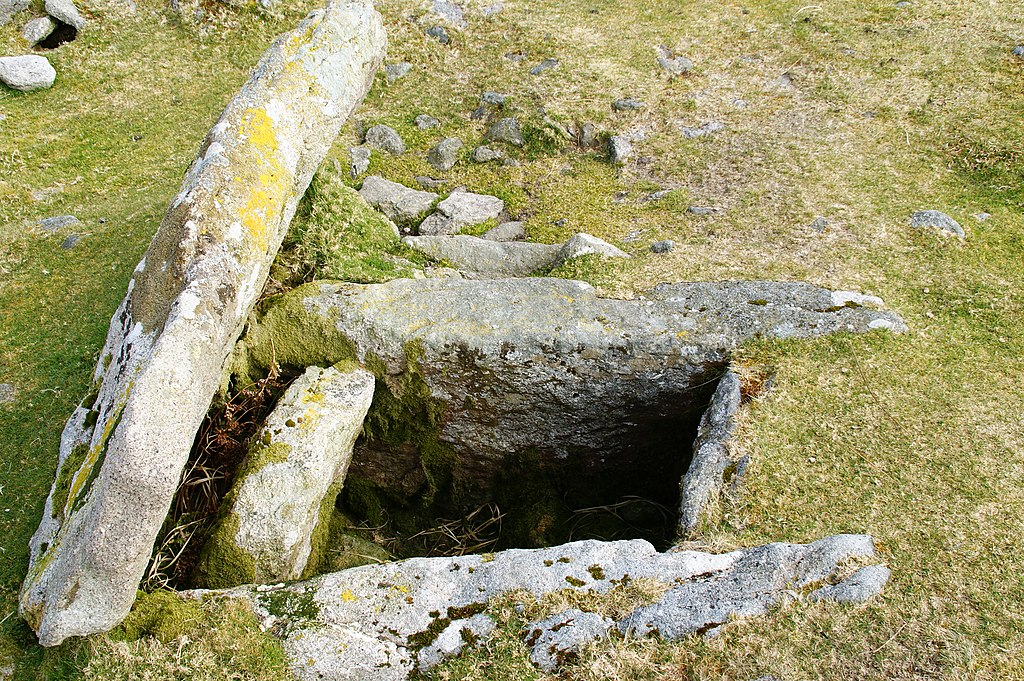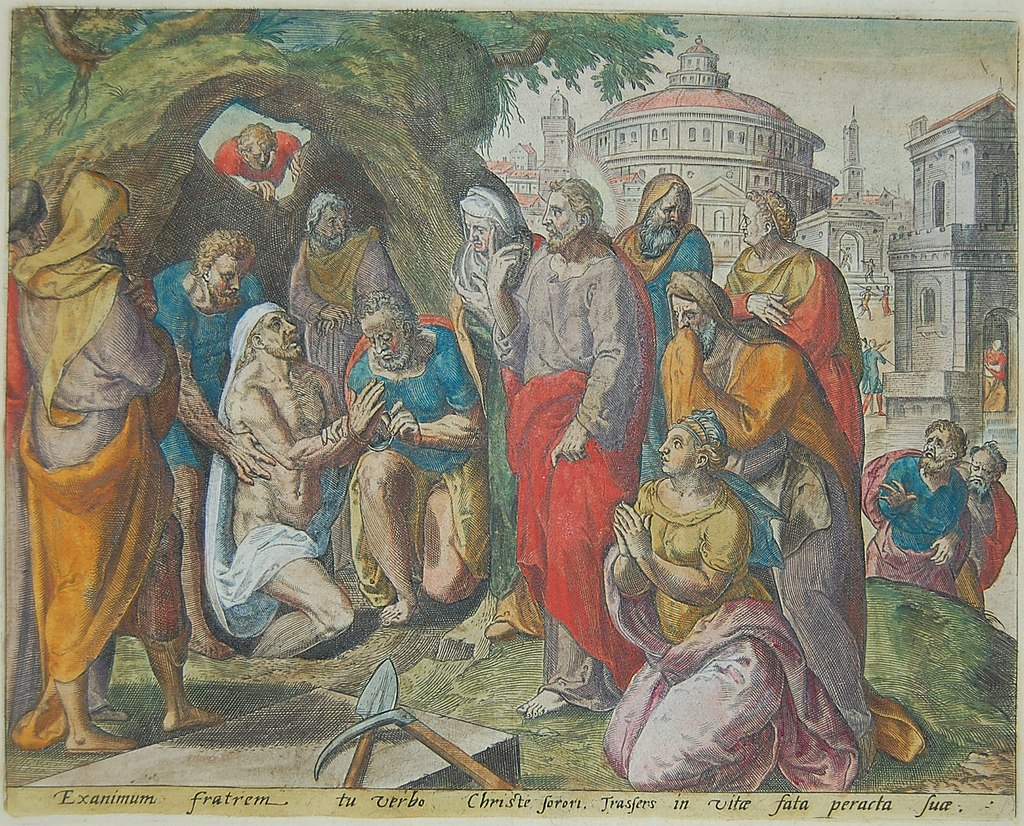Kist or Cist and Kistivan
A kistvaen or cistvaen is a tomb or burial chamber formed from flat stone slabs in a box-like shape. If set completely underground, it may be covered by a tumulus. The word is derived from the Welsh cist (chest) and maen (stone). The term originated in relation to Celtic structures,
Lazarus of Bethany aka Righteous Lazarus, the Four-Days Dead
Lazarus of Bethany (Latinised from Lazar, ultimately from Hebrew Eleazar, “God helped”), also venerated as Righteous Lazarus, the Four-Days Dead in the Eastern Orthodox Church, is the subject of a sign of Jesus in the Gospel of John, in which Jesus restores him to life four
The crew of the Dutch ship Gelderland used the names “griff-eendt” and “kermisgans” for the dodo in 1598, in reference to fowl fattened for the Kermesse festival
The dodo (Raphus cucullatus) is an extinct flightless bird that was endemic to the island of Mauritius. Kermesse, or kermis, or kirmess, is a Dutch language term derived from ‘kerk’ (church) and ‘mis’ (mass) that became borrowed in English,&
The extermination of the incurably ill and the mentally defective prompted the most effective episcopal protest against the actions of the Nazi regime
It was, in fact, the extermination of the incurably ill and the mentally defective that prompted the most effective episcopal protest against the actions of the Nazi regime. In a sermon at the St. Lamberti Church at Munster, Cardinal Galen publicly revealed the facts of the top-secret euthanasia pro





